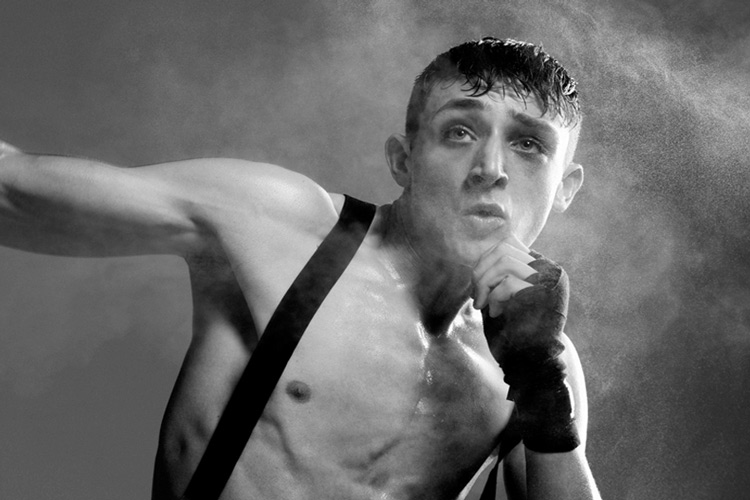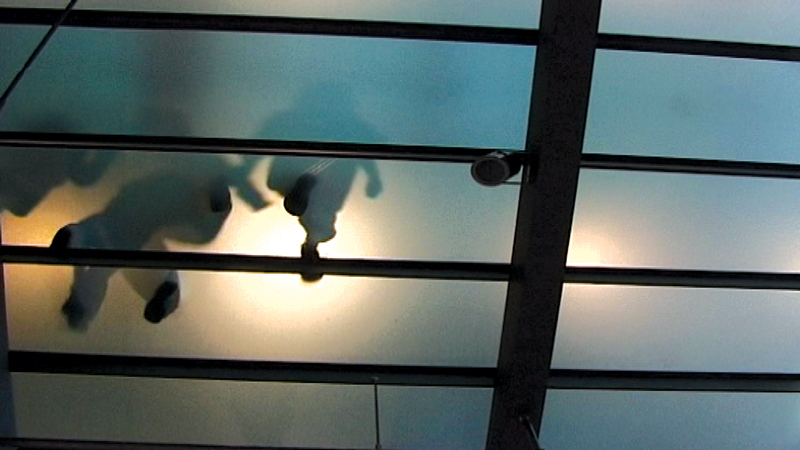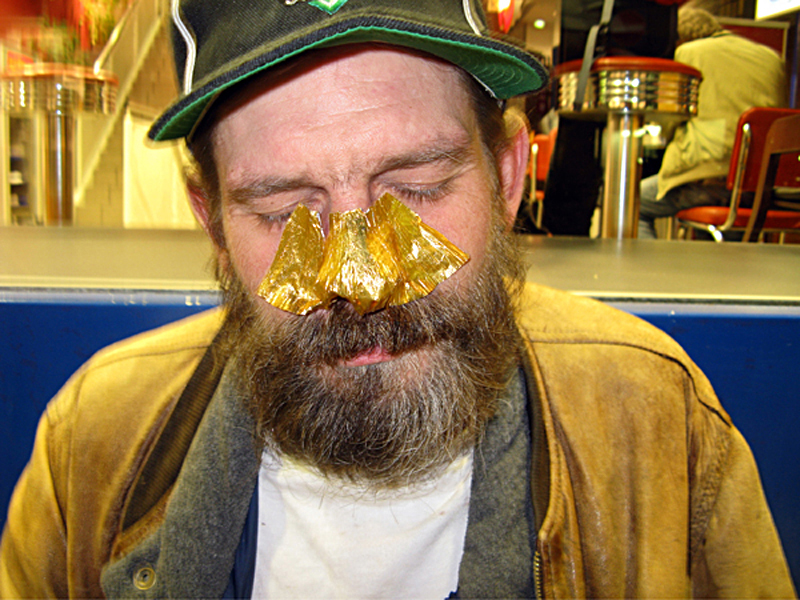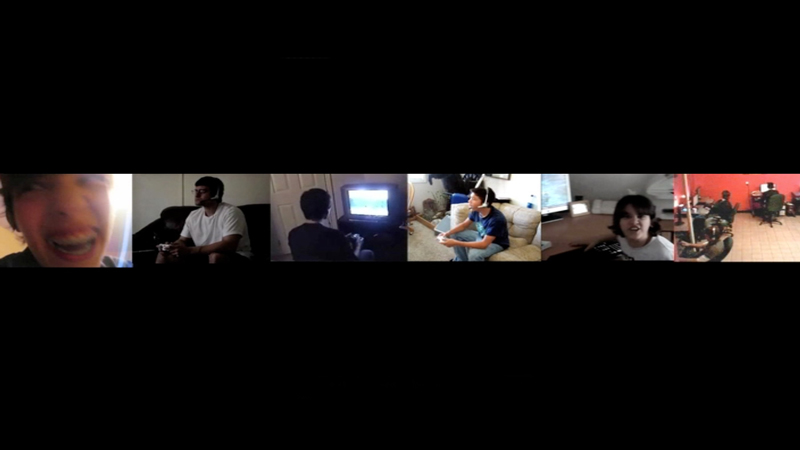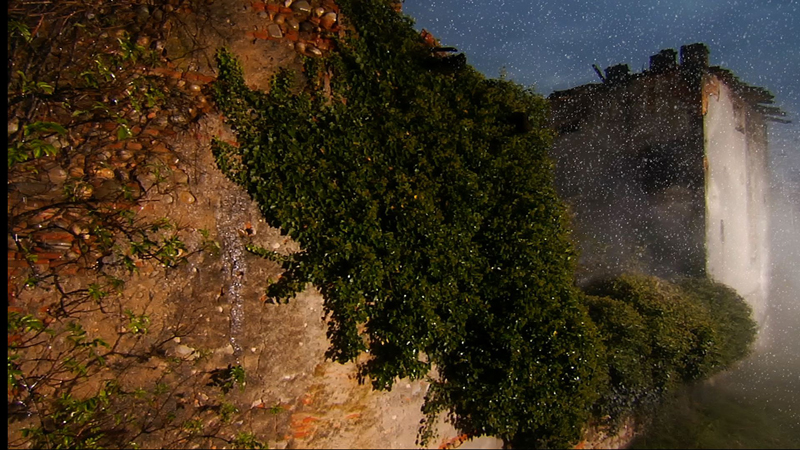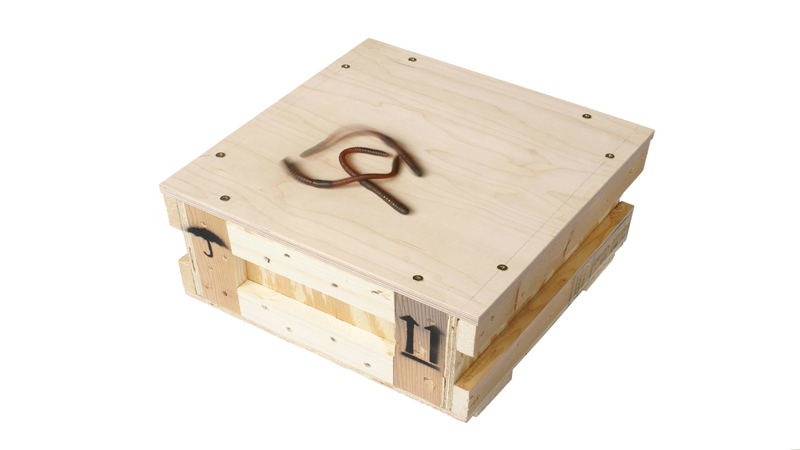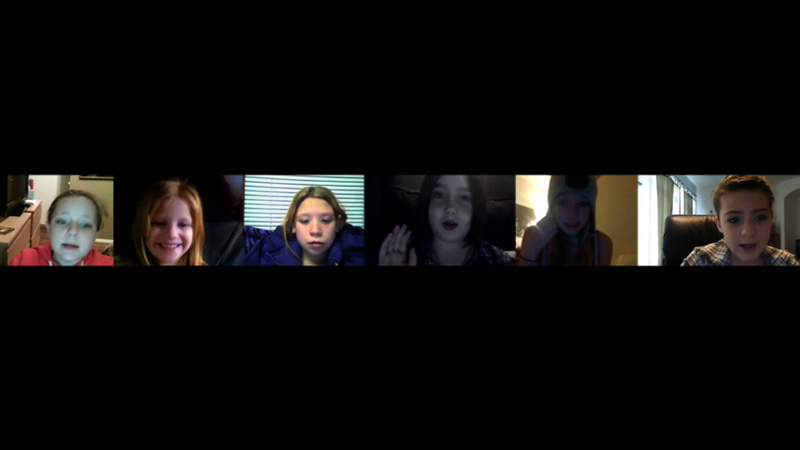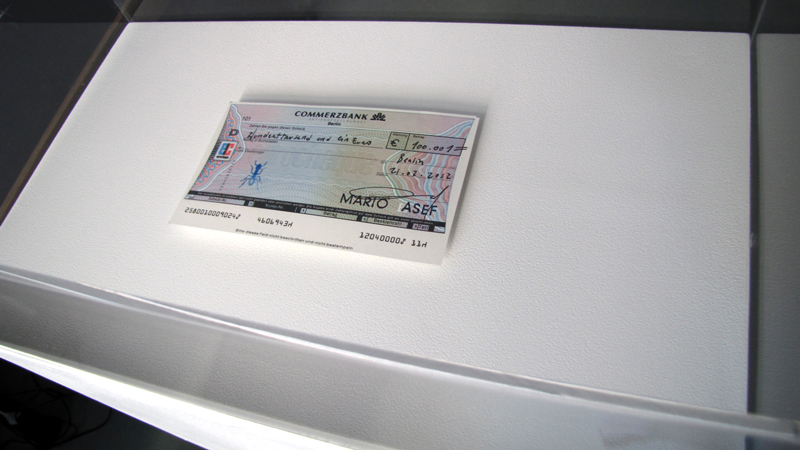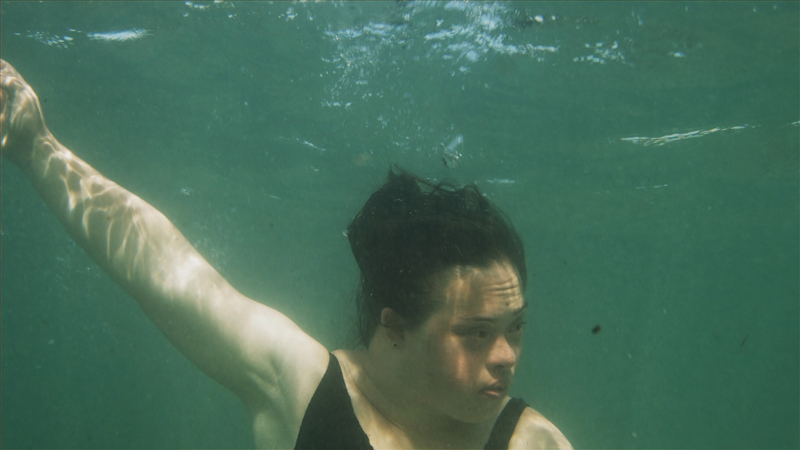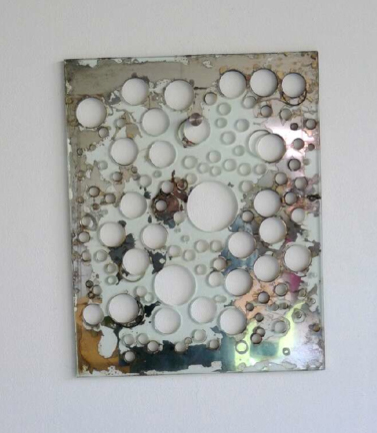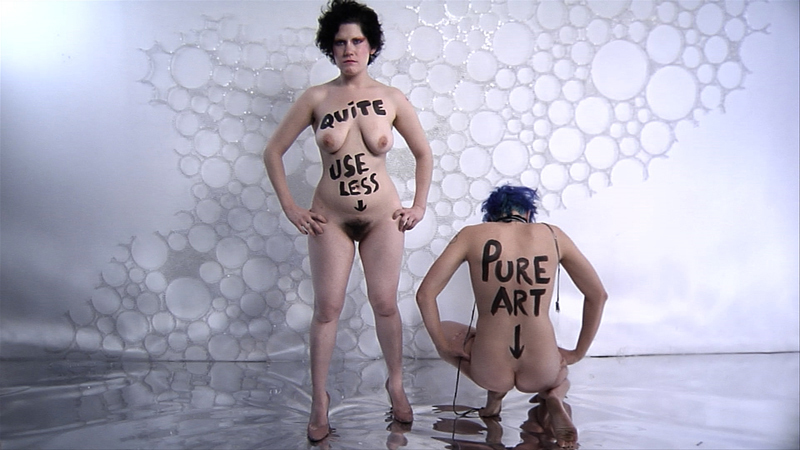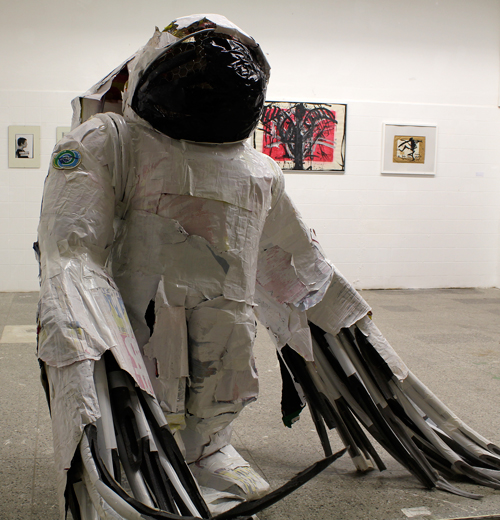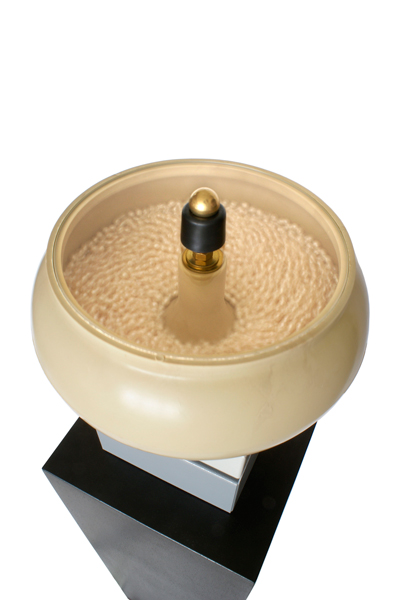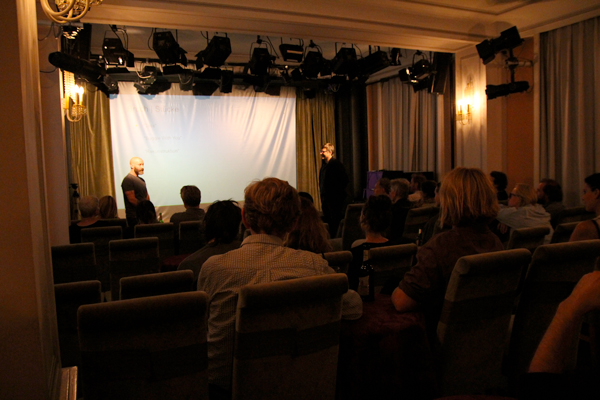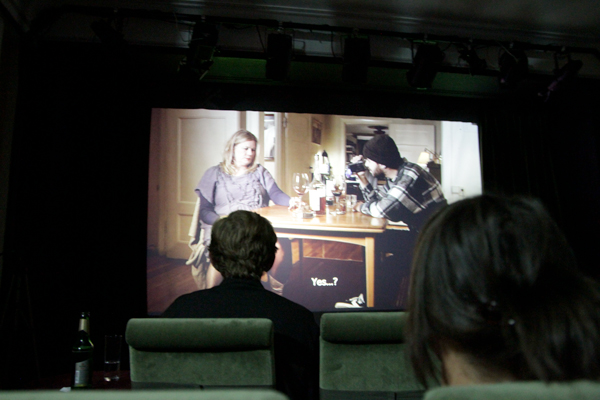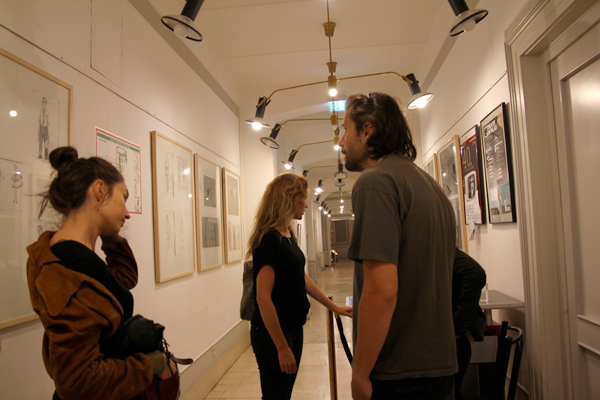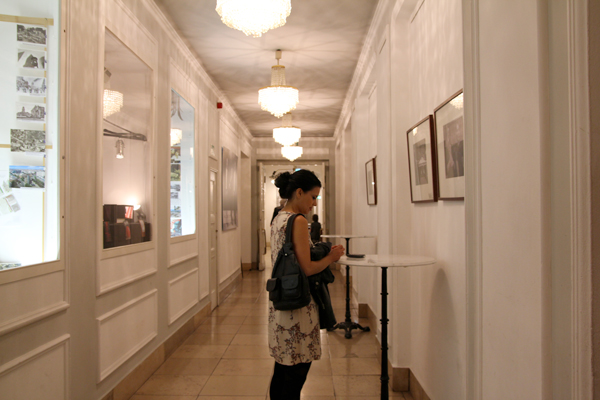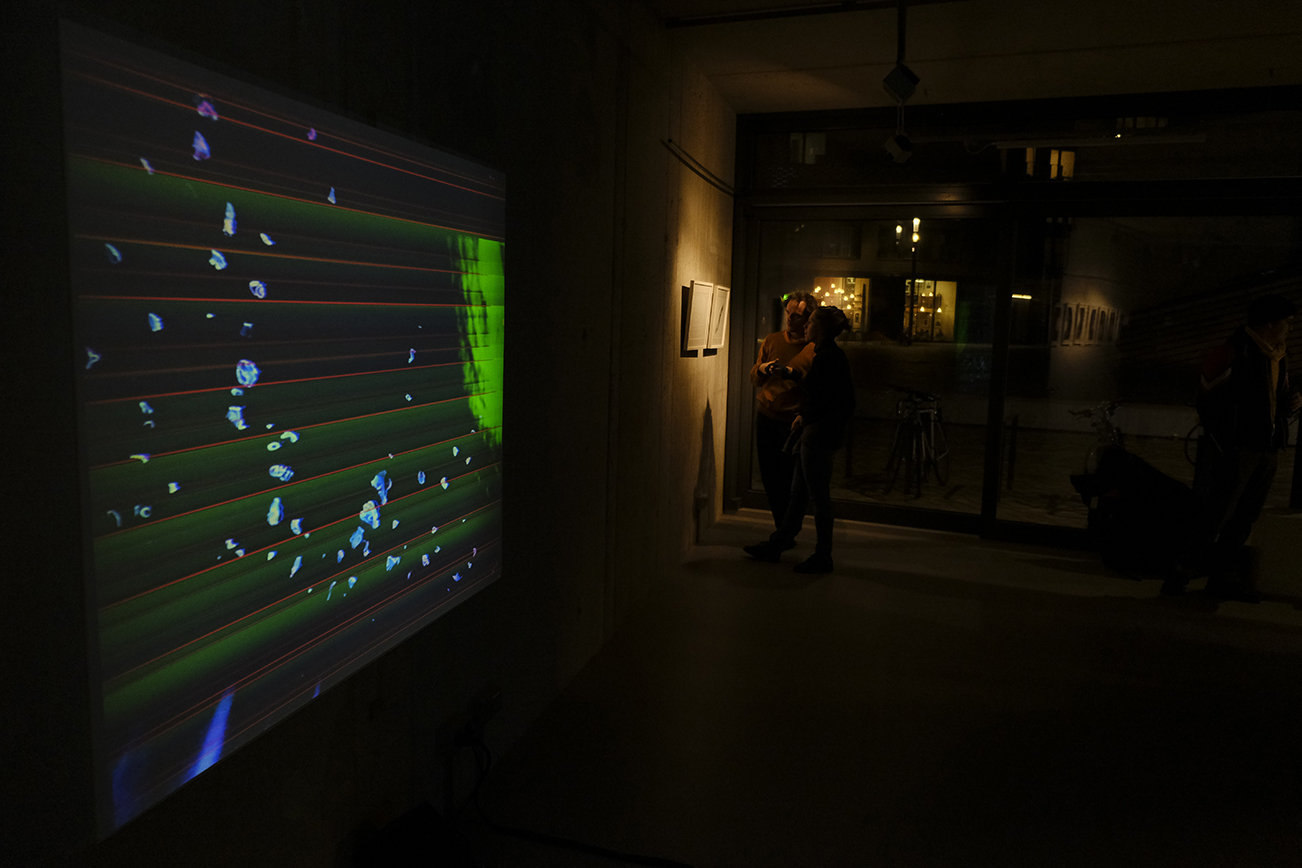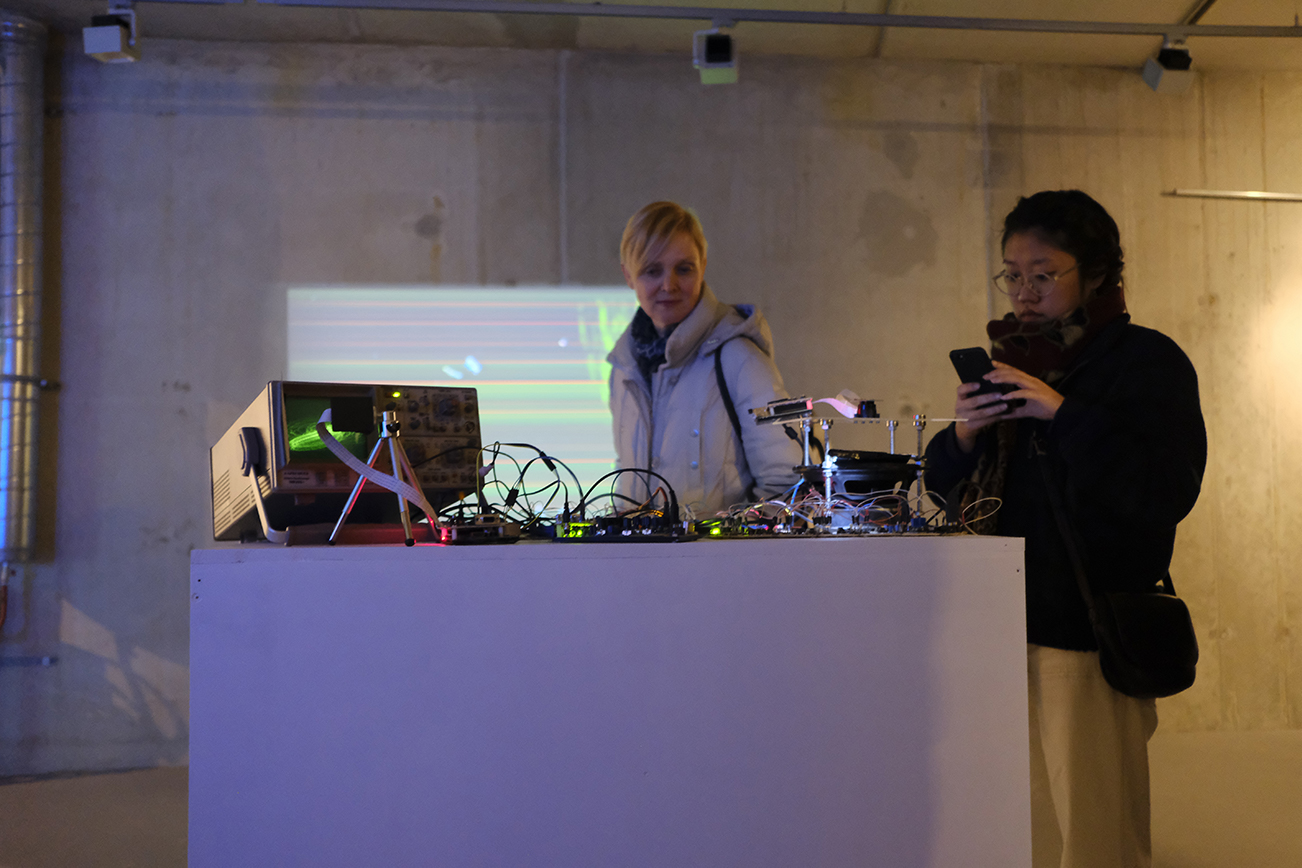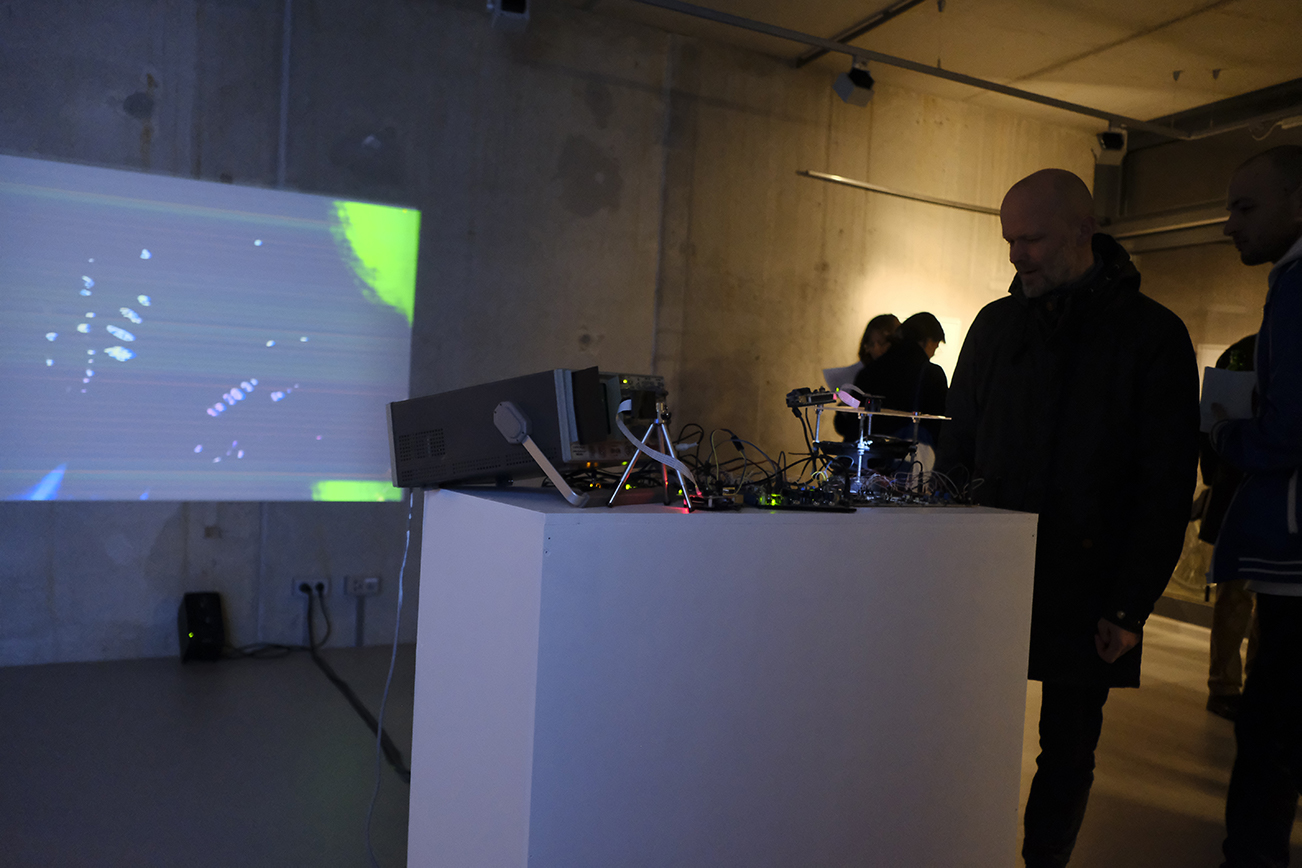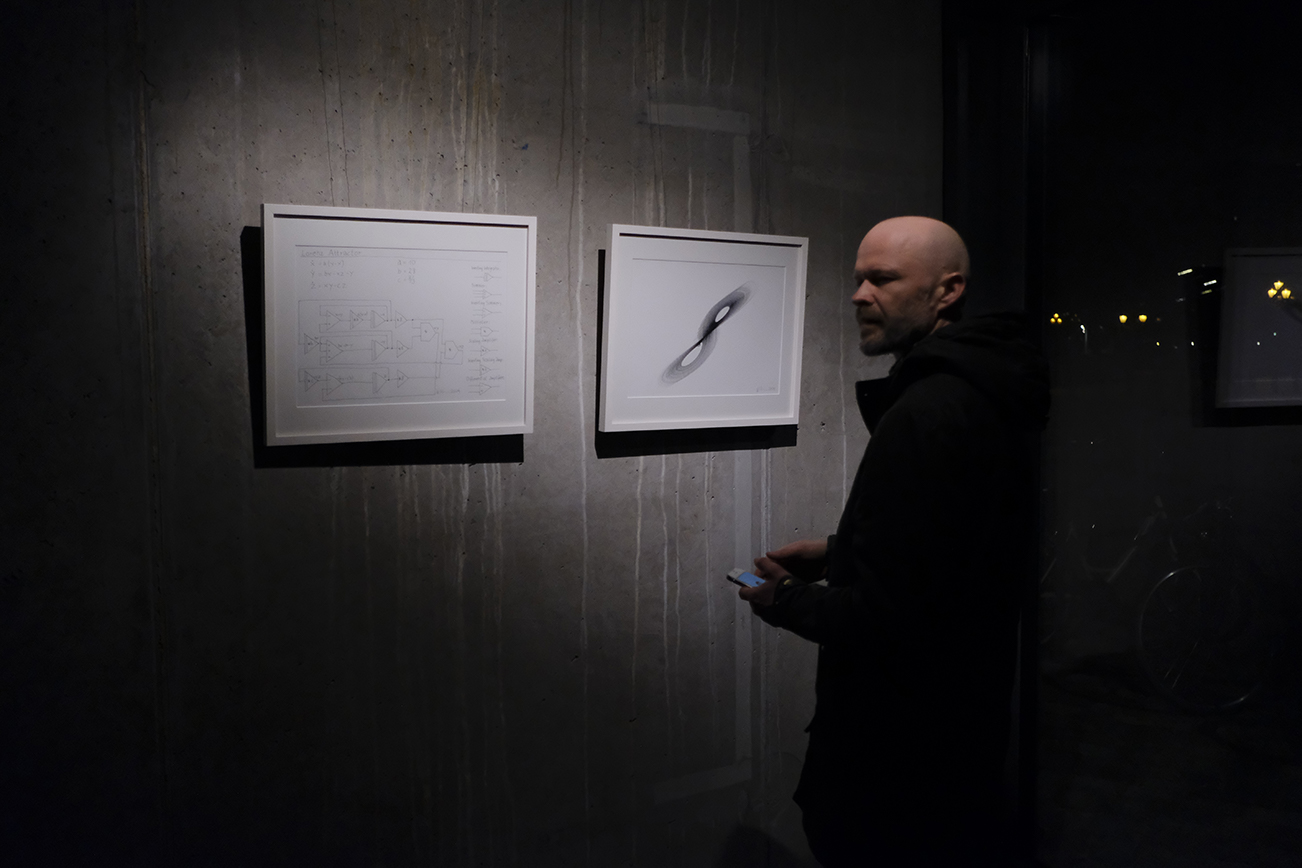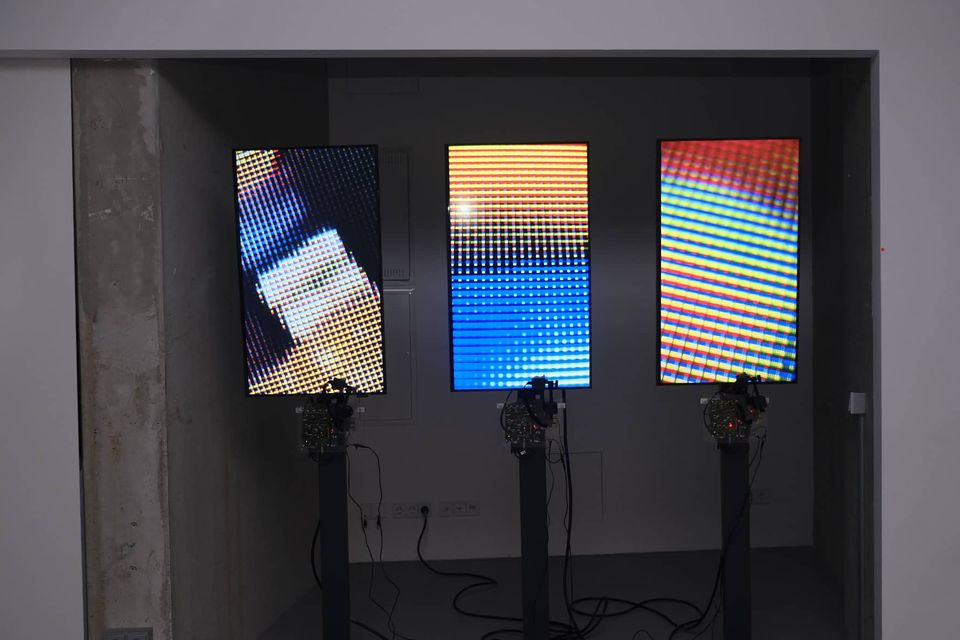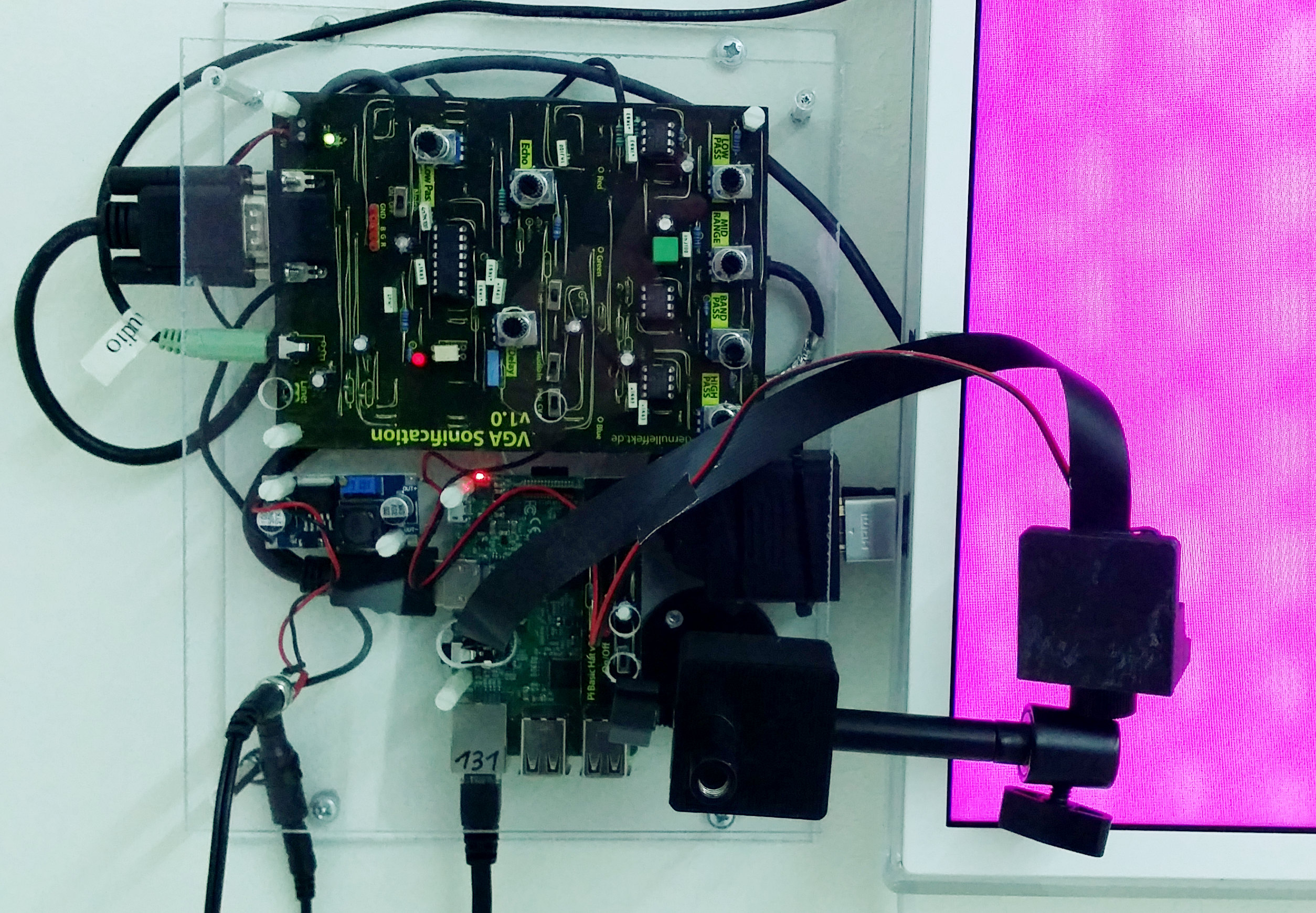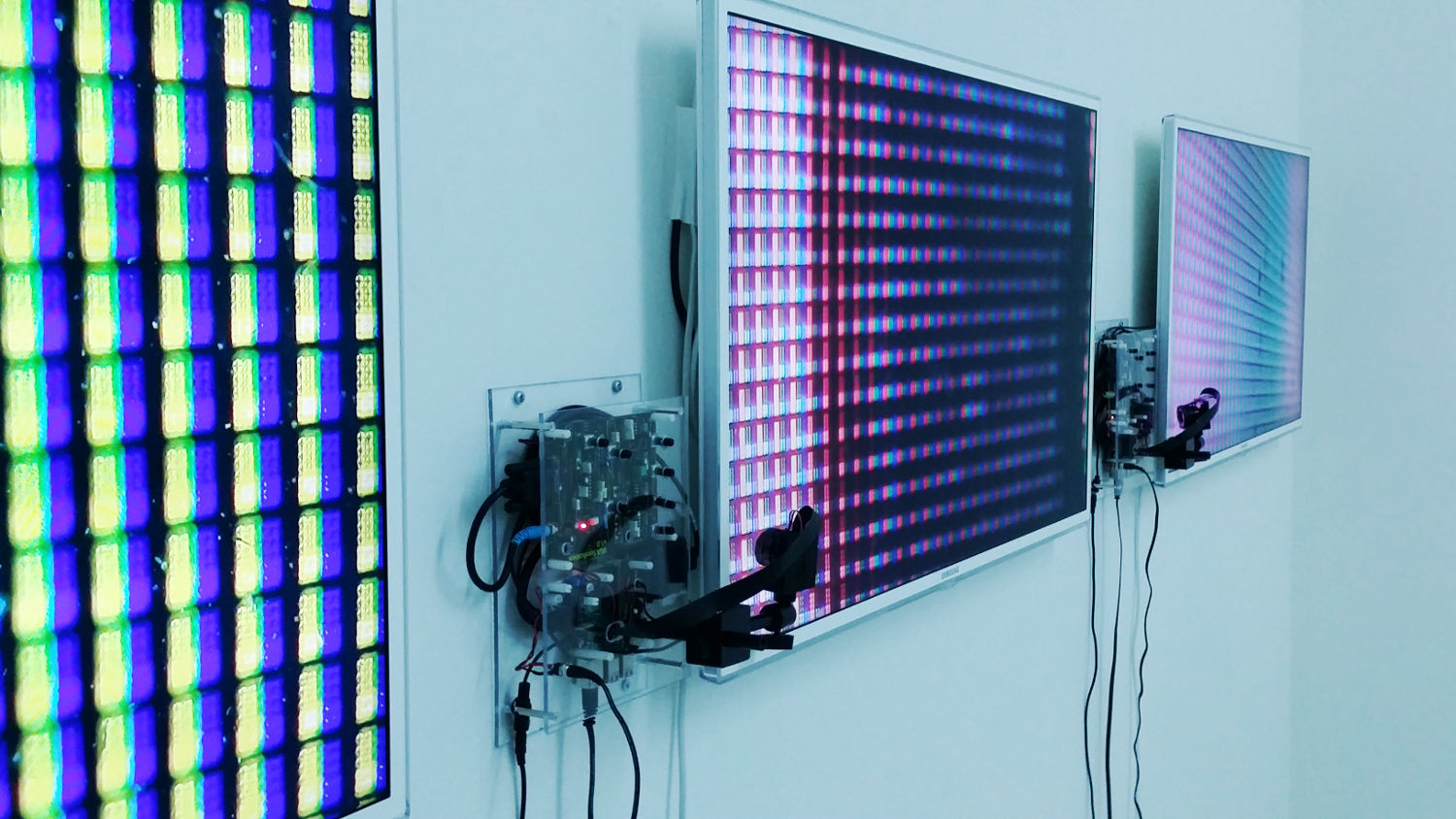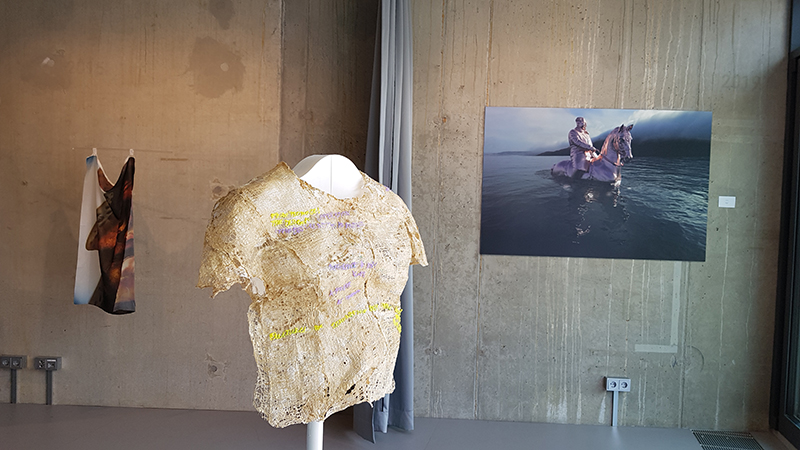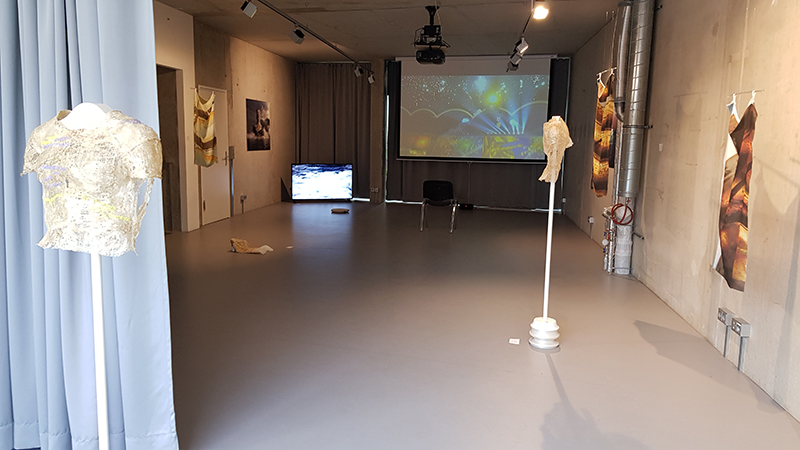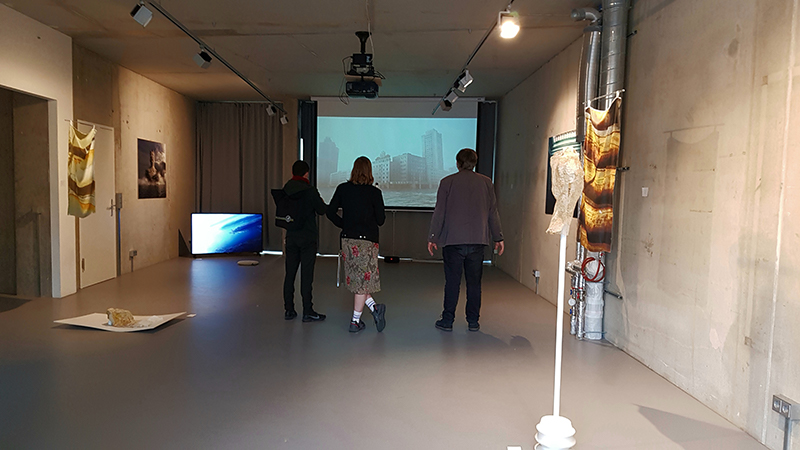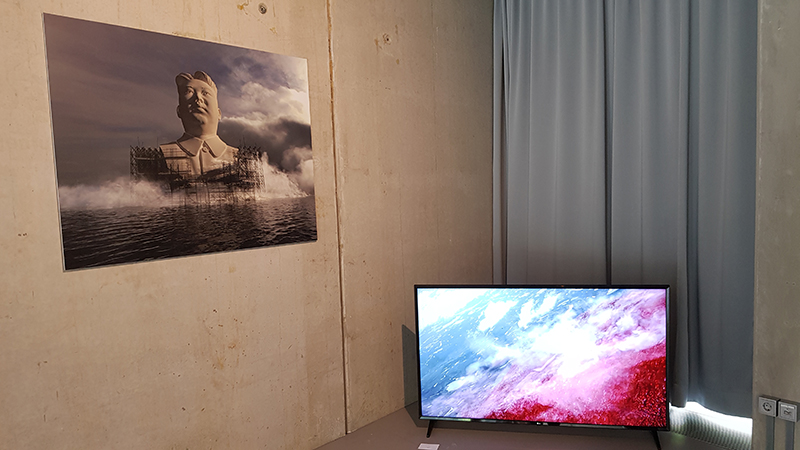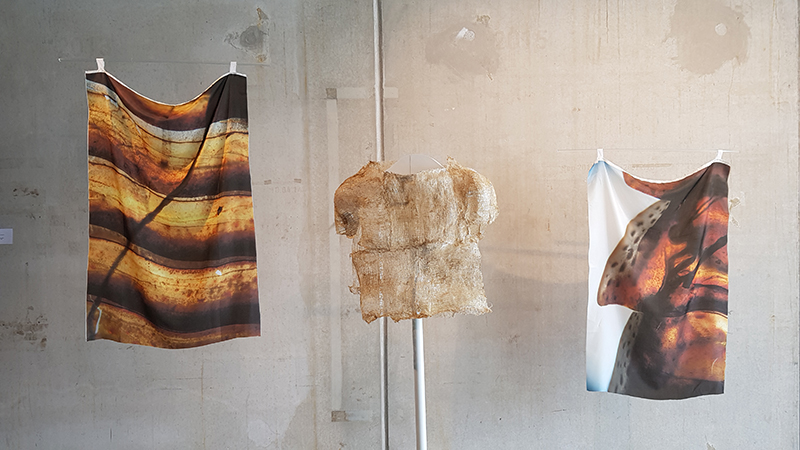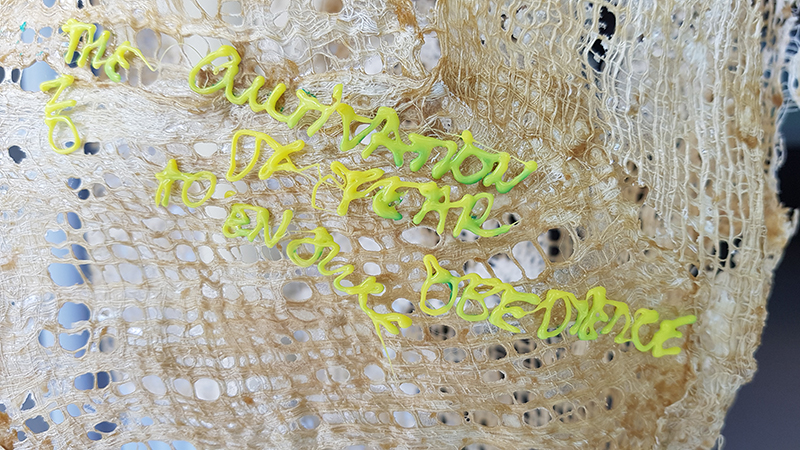- Super User
- Category: Uncategorised
- Hits: 2333
Reflective Interventions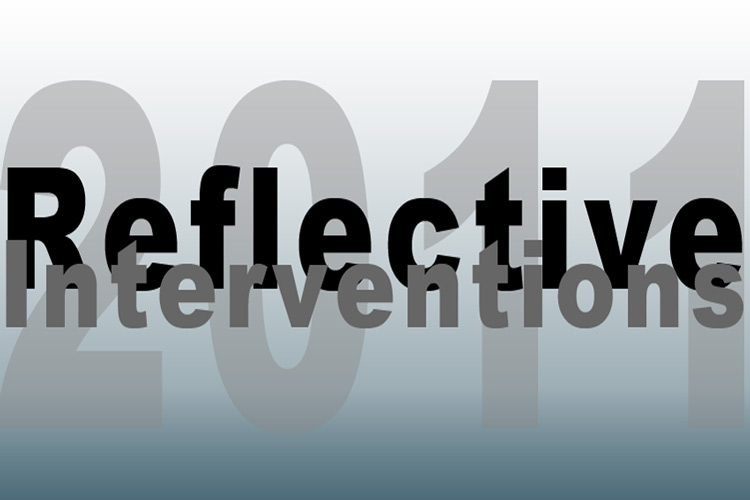
The series Reflective Interventions is a group exhibition curated by Art Claims Impulse, which presents art pieces that reflect contemporary discourse, which use interventions and interaction to open new perspectives for the audience. Art Claims Impulse is a satellite partner of transmediale for the second time with this exhibition series.
Reflective Interventions 2011 addresses the issues related to navigating and finding orientation within shifting and overlapping virtual and material environments. The expansion of virtual space, the ever more diverse possibilities of shaping it used by an ever larger number of people, and the cross-connections to the material space are sources of inspiration and impulse for many exciting changes that affect every area of society and human interaction. The new orientation that journalism currently experiences, the new definition of interaction between different existing and newly emerging actors, the increasingly interesting debates related to value and user rights that can lead to a potential new world order, are only a few examples. The exhibition shows a selection of artwork that reflects these developments in a particularly inspiring manner.
Marc Lee’s work ‘TV-BOT 2.0’ shows in an impressive and exaggerated manner the flood of multimedia and multi-channel information hitting the viewer at any given time. With this work, the artist takes part in the complex discussion about the role and definition of journalism, the excessive desire for real time or constantly updated information, and comments implicitly on the desire for filtering content and information in a shifting media landscape.
Francis Gomila’s interactive work ‘The Last of England’ also deals with an excessive visual stimulation but sets a trap for the audience that has originally been developed with the help of eye tracking software. The reaction to the visual triggers lead the viewer to a point of no return as he is drawn ever deeper into a world of images while the trap is closing in slowly as the images gradually begin to disintegrate from within.
The interactive installation ‚ Topshot Helmet‘ by Julius von Bismarck also deals with the increasing trend for self-observation and self-reflection in a game-like futuristic manner, at the same time pointing subtly to the traps that come with the limiting bird’s eye perspective that allows only a glimpse of the subject and his/her immediate surroundings.
Similarly, the art work of Mader|Stublic|Wiermann ‚Expanded Space‘ deals with the issue of perspectives and adds a new dimension to it by linking the contemporary debate around energy production with interactive wind-steered technology and mobile units in a way that opens and alters the space and the architecture contained within it in a complex and visually stimulating manner.
The idea of finding orientation in a changing space as well as the effects that can take place at the smallest movement of elements and actors in the space is also a theme that Javier Chozas work ‘Metropolis’ picks up. He offers both an intriguing image for it as well as a memorable tactile experience for the audience prepared to enter and interact with the installation.
Orientation and the unpredictability of the consequences of individual actions in a particular space also informs the sound art piece of Kirsten Reese and Pepe Jürgens Int-AV which on the one hand animates the viewer to use his creativity and play with sound bites while on the other hand allows the objects representing the sounds to develop a life of their own. This leads to the creation of idiosyncratic sound arrangements while engaging in the debate around the complexity of this type of interaction.
The work of Matthias Fitz ‘Streichlicht’ also leaves a surprising audio-visual impression on the viewer who is invited to send out an impulse and witness its development, culminating in moments in which unfathomable and fascinating things happen – a work that offers a poetic interpretation for complex contemporary discussions around transparency and change.
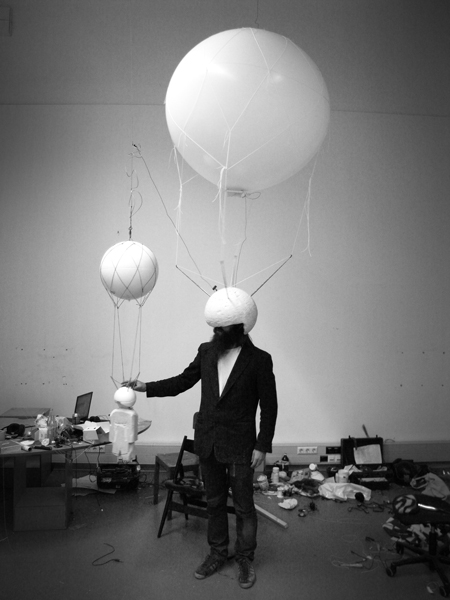
Top Shot Helmet, Julius von Bismarck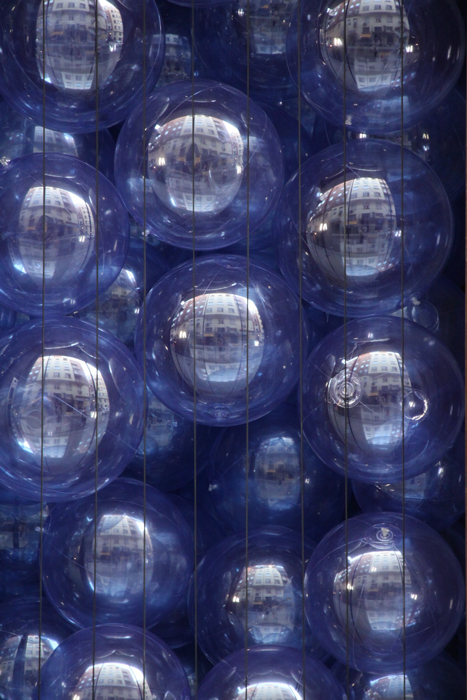
‘Metropolis’, Javier Chozas 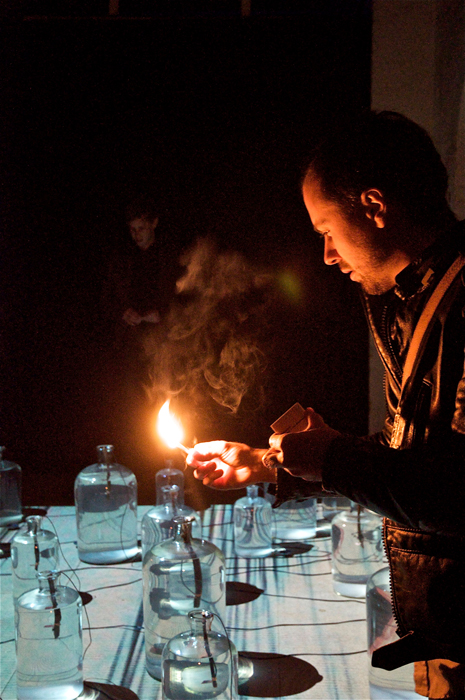
Streichlicht, Matthias Fitz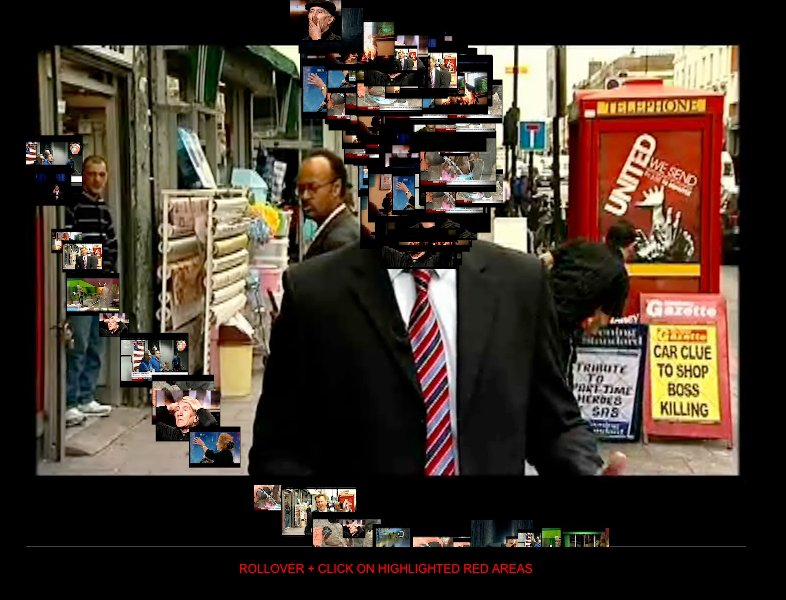
The last of England, Francis Gomila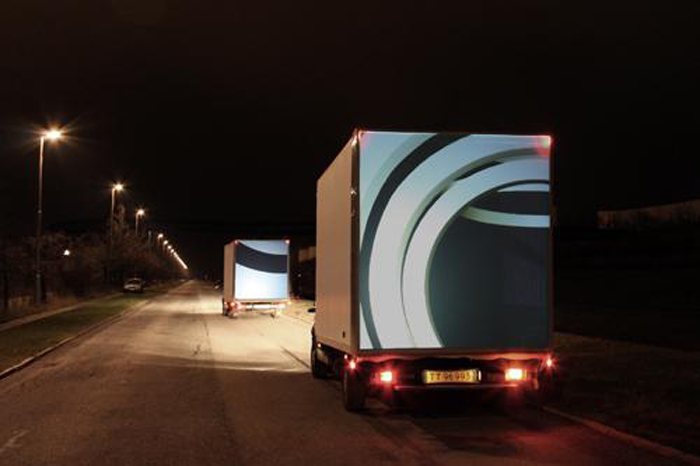
‚Expanded Space‘, Mader|Stublic|Wiermann 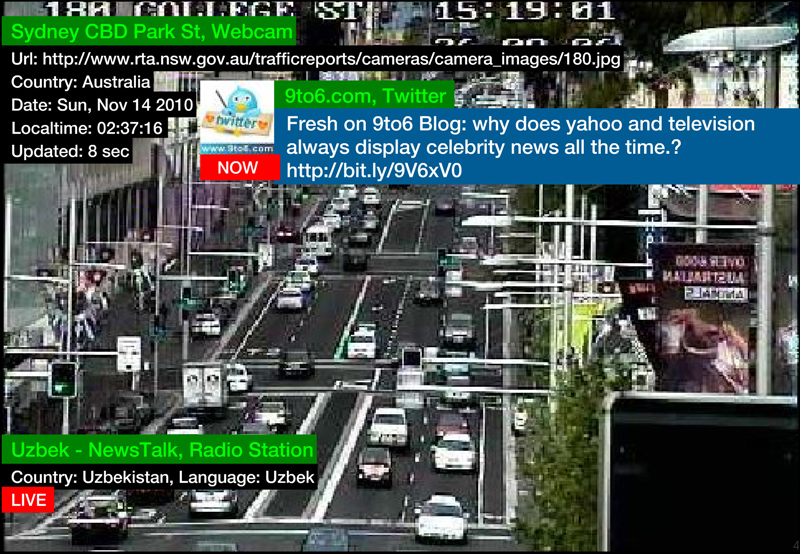
‘TV-BOT 2.0’, Marc Lee 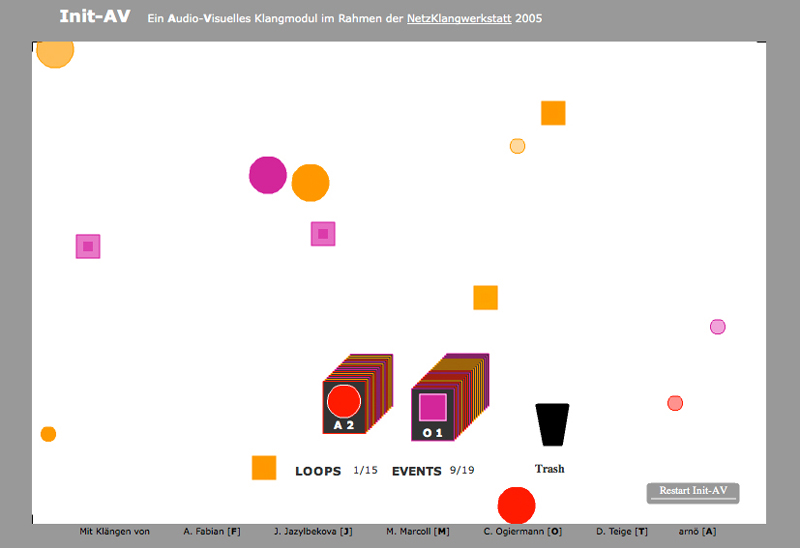
Int-AV, Kirsten Reese and Pepe Jürgens
Reflective Interventions 2010
In their multi-media installations, artists use excerpts of digital communication, media or creative contents and discourses, re-align them, reflect and reposition them into different virtual and real media, and create new connections and narrations by way of self-programmed software or performative interventions. The result is on the one hand a critical engagement with the use of time-based communication structures, with the images and contents produced this way and their influence on society. On the other hand, they also show the fascination inherent in the multi-layerdness and complexity of time-based media, the freedom they allow viewers to enjoy the contents in different form and reflection, to enjoy the live created interweavings and connections, to even participate in the creation process itself. The interplay between the tones, the sound compositions and the interventions of the viewers creates an additional level on which the artworks communicate with each other, which in turn leads to the creation of new contexts.
Julius von Bismarck: "Image Fulgurator"
Cécile Colle & Ralf Nuhn: "Digital Communication"
Julius von Bismarck & Benjamin Maus: "Perpetual Storytelling Apparatus"
Tudor Bratu: "Conversation Piece"
Benjamin Maus & Andreas Nicolas Fischer: "Reflection"
